Using Barbless Hooks: Benefits for You and the Fish
There’s a growing movement among anglers worldwide that’s transforming fishing practices for the better. More and more fishing enthusiasts are making the switch to barbless hooks, a small change with significant impacts. This shift represents more than just a trend—it’s a thoughtful approach to fishing that balances the thrill of the catch with responsible conservation. Barbless hooks, as the name suggests, lack the backward-facing barb found on traditional hooks. This simple modification creates ripple effects that benefit both the angler and the aquatic ecosystem. Whether you’re a weekend hobbyist or a dedicated angler, understanding the advantages of barbless hooks can enhance your fishing experience while contributing to healthier fish populations. Let’s explore why this modest gear adjustment is making waves in fishing communities around the world.
What Exactly Are Barbless Hooks?
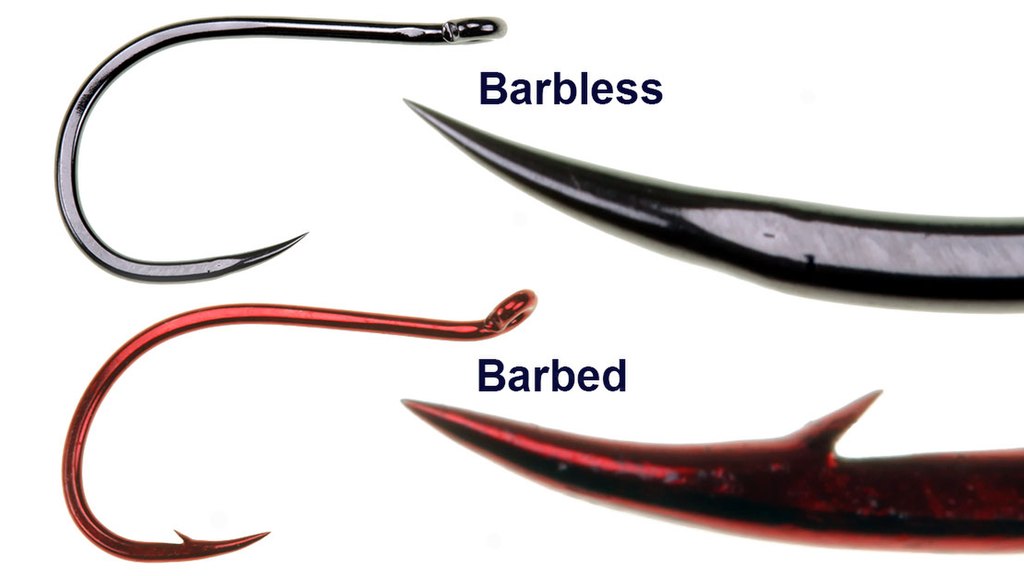
Barbless hooks are fishing hooks that lack the small backward-pointing projection, or barb, that typically prevents fish from escaping once hooked. These hooks can either be manufactured without barbs or created by flattening or filing down the barbs on a standard hook. The design is intentionally simpler, featuring a clean, smooth point that penetrates easily and can be removed with minimal effort. Unlike their barbed counterparts that rely on resistance to keep fish secured, barbless hooks require anglers to maintain proper tension on the line throughout the fight. This fundamental difference changes not only how fish are caught but also how they’re released, creating a domino effect of benefits for both the sport and conservation efforts. The simplicity of barbless hooks belies their significant impact on modern fishing practices.
The Historical Context of Barbless Hook Usage
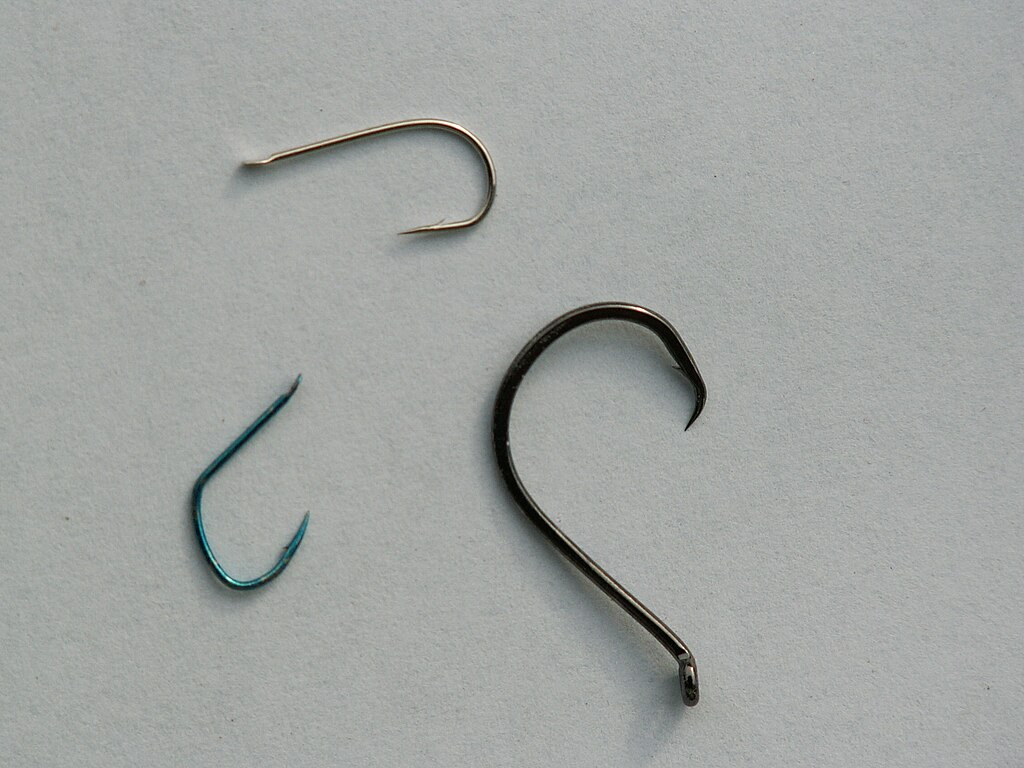
The use of barbless hooks isn’t an innovation but rather a return to fishing’s roots with modern conservation awareness. Early fishing hooks, crafted from bone, wood, or shell, often lacked barbs simply due to the limitations of materials and crafting techniques. The addition of barbs became widespread with the industrialization of fishing tackle production, allowing for mass manufacturing of hooks designed to maximize catch retention. By the mid-20th century, as catch-and-release practices gained popularity among sport fishermen, the barbless hook began its resurgence. Fly fishing communities were among the first to widely readopt barbless hooks, particularly in sensitive trout waters where conservation concerns were paramount. Today, the use of barbless hooks represents a conscious choice that bridges ancient fishing simplicity with contemporary environmental ethics, creating a practice that honors both fishing heritage and future sustainability.
Reduced Fish Mortality Rates
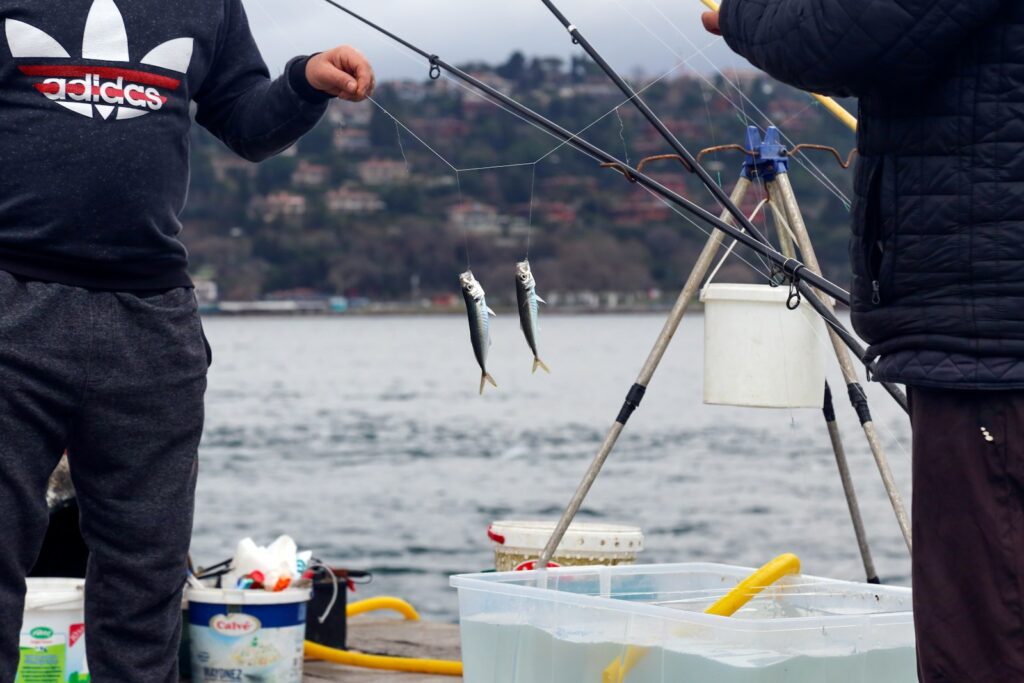
One of the most compelling arguments for barbless hooks is their significant impact on fish survival rates after release. Research consistently shows that fish caught with barbless hooks experience lower mortality rates compared to those caught with barbed hooks, with some studies indicating a difference of 30% or more depending on species and conditions. The reduced tissue damage from barbless hooks means less bleeding and fewer injuries to sensitive areas like the gills or eyes that could prove fatal after release. For deep-hooked fish, barbless hooks allow for easier removal or can be left in with a higher chance that the fish will naturally expel the hook or that it will dissolve over time. During warmer months, when fish are already stressed by higher water temperatures and lower oxygen levels, the quick release facilitated by barbless hooks can be the difference between life and death. This mortality reduction is particularly critical for threatened species or in catch-and-release waters where conservation is a primary objective.
Easier Hook Removal Process
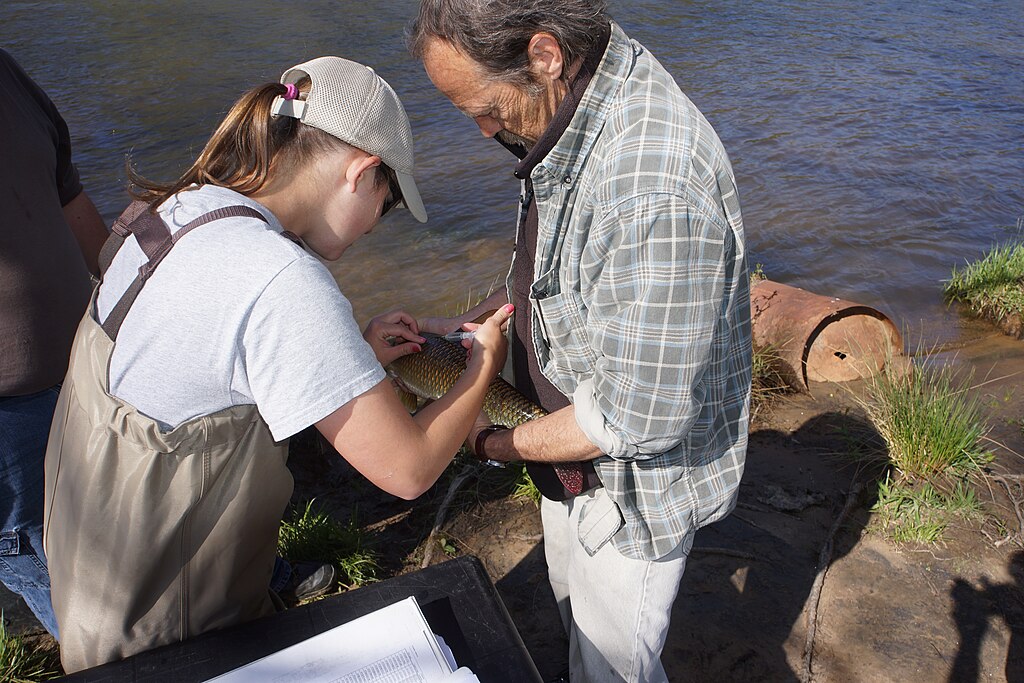
The process of removing a barbless hook is remarkably straightforward compared to extracting a barbed hook, a difference immediately apparent to anyone who’s experienced both. Without the barb creating resistance, hooks slide out cleanly with minimal force, often requiring just a gentle twist or slack in the line. This ease of removal dramatically reduces handling time, which directly correlates with less stress on the fish and better post-release recovery. For anglers, this means no more struggling with pliers or forceps trying to work a deeply embedded barbed hook free while a fish thrashes in distress. Particularly for novice anglers or those fishing with children, the simplicity of barbless hook removal creates a more positive experience and teaches responsible handling practices from the start. Even in the case of accidental self-hooking—an unfortunate but not uncommon fishing mishap—barbless hooks can be removed with minimal pain and tissue damage, turning a potential emergency room visit into a minor inconvenience.
Impact on Fish Health and Stress

The health impact of hook type extends far beyond the visible entry wound, affecting the fish’s overall physiological response to being caught. When a barbed hook is removed, it typically causes tearing of the mouth tissues, creating wounds that are prone to infection and slower to heal. Barbless hooks, by contrast, create cleaner punctures that seal more quickly and are less likely to become infected. The reduced handling time associated with barbless hooks also means less disruption to the fish’s protective slime coat, which serves as its first line of defense against pathogens in the water. Studies measuring stress hormones in caught-and-released fish show lower cortisol levels in those caught with barbless hooks, indicating reduced physiological stress that can affect feeding, reproduction, and immune function long after release. For species that are particularly sensitive to handling, such as certain trout varieties or juvenile fish, this stress reduction can be crucial to their post-release survival. The cumulative effect of these health benefits means stronger, more resilient fish populations that can better withstand other environmental pressures.
Improved Landing Rates: Debunking the Myths

A common misconception about barbless hooks is that they lead to higher fish loss rates, but experienced anglers often report the opposite. While it’s true that barbless hooks don’t have the mechanical advantage of a barb to hold fish, they typically penetrate more deeply and cleanly due to reduced resistance. This better hook penetration, combined with proper fighting techniques that maintain tension on the line, can result in landing rates comparable to or sometimes better than barbed hooks. The key difference lies in angling skill—barbless hooks demand more attention to technique, including keeping the line tight and the rod tip up. Numerous studies conducted in both freshwater and saltwater environments have shown that skilled anglers experience minimal differences in landing rates between barbed and barbless hooks. Additionally, because barbless hooks set more easily, anglers often achieve better hook-ups on subtle strikes that might be missed with barbed hooks that require more force to penetrate. This combination of deeper penetration and easier setting often compensates for the lack of a barb, especially when paired with proper playing techniques.
Environmental Conservation Benefits
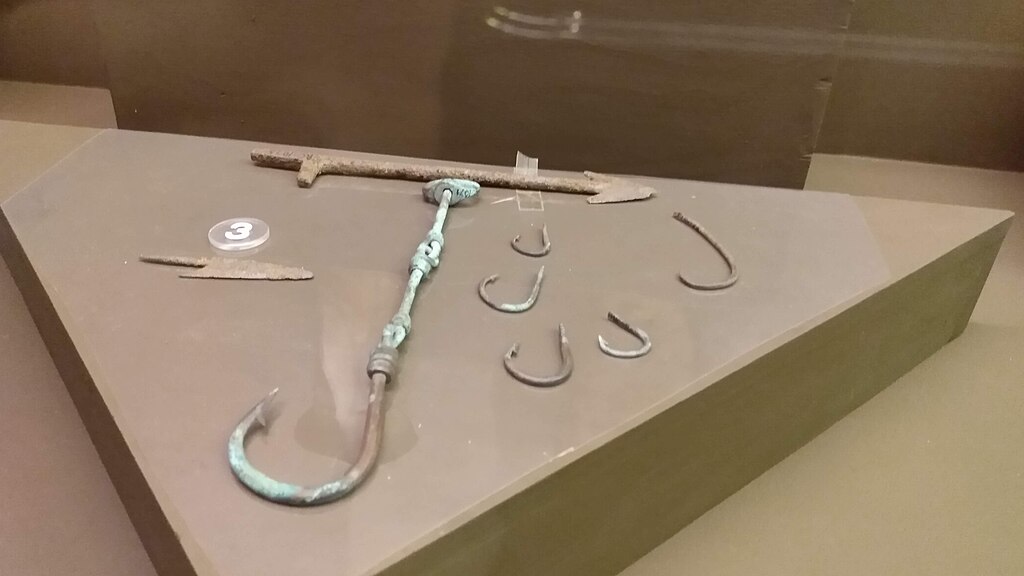
The environmental impact of barbless hooks extends beyond individual fish to affect entire aquatic ecosystems. In waters where lost hooks are common, barbless hooks pose less danger to wildlife that might later encounter them. A discarded barbless hook is less likely to cause lasting injury to birds, mammals, or other fish that might ingest it or become snagged. In catch-and-release fisheries, the higher survival rates associated with barbless hooks help maintain healthy population structures, preserving the genetic diversity essential for species resilience. Many conservation-focused fisheries are now implementing barbless-only regulations to protect vulnerable populations, particularly for species that are slow to mature or facing population pressures. The use of barbless hooks also tends to align with a broader conservation mindset among anglers, often correlating with other environmentally conscious practices like proper waste disposal and habitat protection. By reducing the impact of recreational fishing on target species, barbless hooks help ensure that these populations remain viable for both their ecological role and for future generations of anglers to enjoy.
Regulatory Trends and Requirements
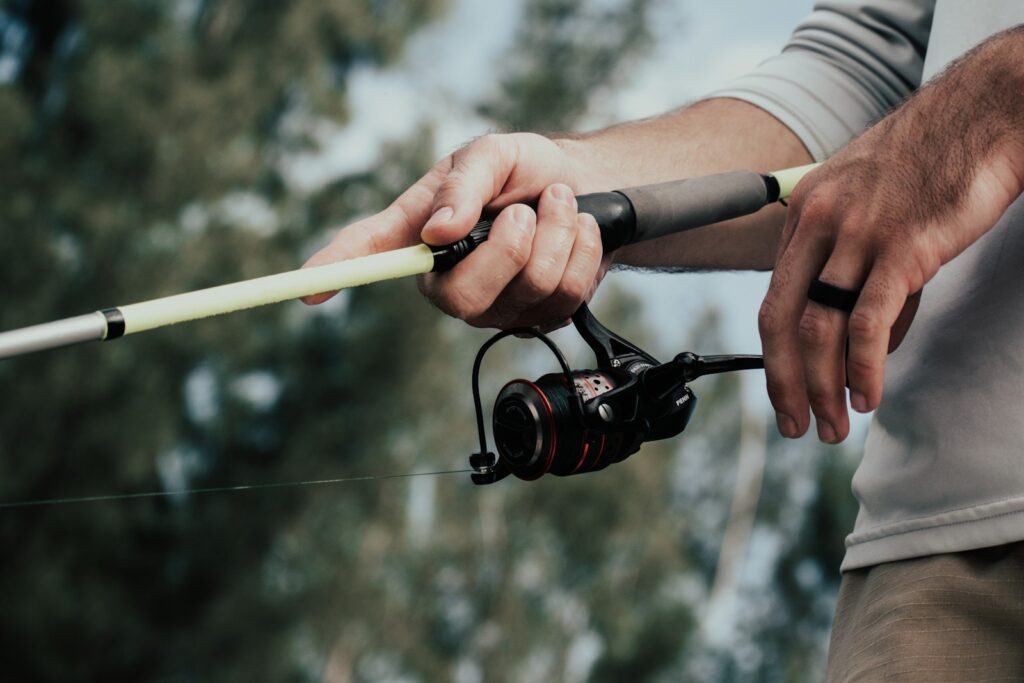
Across North America and Europe, fishing regulations increasingly reflect the conservation advantages of barbless hooks, with many regions adopting rules that either require or strongly encourage their use. In sensitive watershed areas, particularly those supporting threatened trout or salmon populations, barbless-only regulations have become standard practice in catch-and-release waters. Canadian provinces like British Columbia have implemented widespread barbless requirements for salmon and steelhead fishing, while many U.S. states have similar rules for designated quality water sections. Beyond government regulations, many private fisheries and fishing clubs have adopted barbless-only policies as part of their conservation commitments, often coupled with education programs about proper fish handling. Tournament organizations are also evolving, with some major bass fishing competitions now requiring barbless hooks to improve the survival rates of released fish. These regulatory trends signal a significant shift in fisheries management philosophy, moving from maximum harvest approaches toward practices that prioritize the long-term health of fish populations and their habitats.
Making the Switch: Converting Barbed Hooks

Transitioning to barbless hooks doesn’t necessarily require purchasing an entirely new tackle collection, as most barbed hooks can be easily converted with the right technique. The simplest method involves using needle-nose pliers or specialized barb crushers to compress the barb flat against the hook shank, effectively creating a smooth profile. This conversion process works best when done methodically, pressing firmly until the barb is completely flattened rather than just partially compressed. For hooks made of softer metals, the conversion is particularly straightforward, while premium hooks with hardened steel may require more pressure. Many anglers develop the habit of converting hooks as part of their pre-fishing preparation, setting aside time to process a selection of hooks for upcoming trips. When converting hooks, it’s important to inspect them afterward to ensure no sharp edges remain that could still damage fish during removal. This simple modification allows anglers to use familiar favorite lures and flies while gaining the benefits of barbless fishing, making the transition both economical and practical.
Hook Setting Techniques for Barbless Success
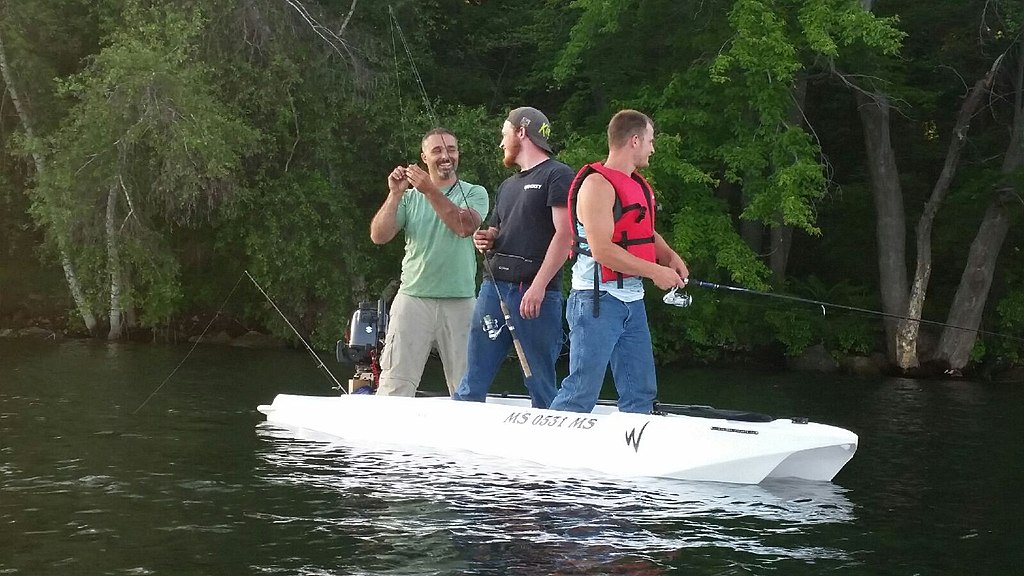
Fishing successfully with barbless hooks requires some adjustment to traditional hook-setting and fish-fighting techniques, but these skills quickly become second nature with practice. The key principle is maintaining constant tension on the line from the moment of hookset through the entire fight. When setting the hook, a swift, deliberate upward motion of the rod is typically more effective than an aggressive jerk, allowing the hook point to penetrate deeply. Once a fish is hooked, keeping the rod tip up creates a buffer against sudden movements while maintaining pressure that helps keep the hook securely in place. Any slack in the line provides an opportunity for the hook to work free, so reeling down quickly when a fish moves toward you becomes essential. For fly fishermen, the technique often involves using side pressure rather than directly pulling against the fish’s movement, creating tension that keeps the hook seated. Many experienced barbless anglers also adopt a more patient fighting approach, applying steady pressure rather than forcing the fish quickly to the net. These refined techniques not only improve landing rates but often result in a more deliberate and mindful connection to the fishing experience itself.
Species-Specific Considerations
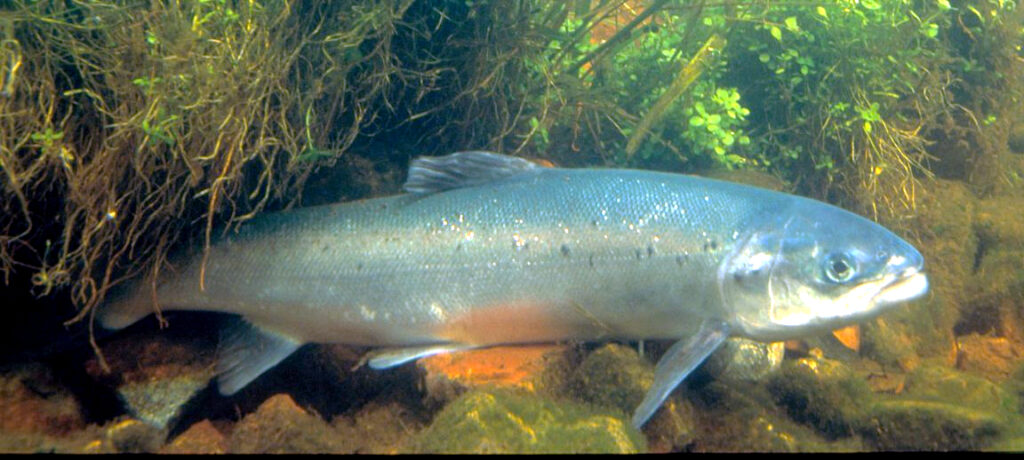
The benefits of barbless hooks vary somewhat depending on the target species, with some fish particularly well-suited to this approach. Trout and salmon, with their relatively soft mouths, are ideal candidates for barbless hooks, which explains why many trout-specific waters were among the first to adopt barbless regulations. For these species, barbless hooks significantly reduce mouth damage that can interfere with feeding after release. Bass fishing with barbless hooks requires slightly different considerations, as their tougher mouths and aggressive head-shaking fighting style means technique becomes particularly important. When targeting panfish like bluegill or crappie, which are often harvested for consumption, barbless hooks still offer advantages in terms of easier unhooking and reduced damage to any fish released. For saltwater species, especially those with tough, bony mouths like tarpon or bonefish, barbless hooks can achieve better penetration while still allowing for the successful release of these often-protected game fish. Even for predatory species with sharp teeth like pike or musky, barbless hooks paired with wire leaders provide effective hookups while simplifying the removal process, especially when using jaw spreaders and long-nosed pliers for safe handling.
Teaching New Anglers with Barbless Hooks
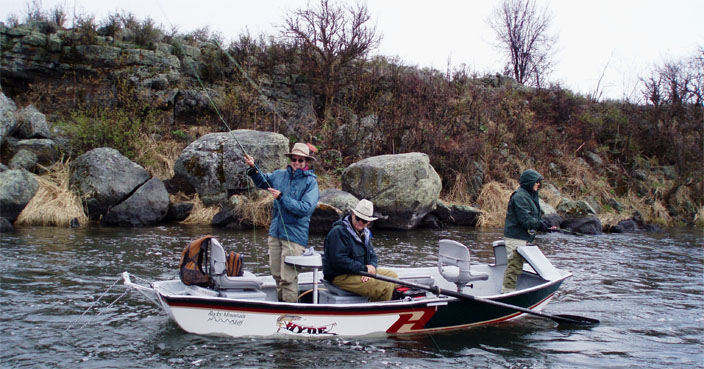
Barbless hooks offer significant advantages in educational settings, making them ideal tools for introducing newcomers to fishing. The reduced risk of injury when handling hooks creates a safer learning environment, particularly for children or adults who may be initially nervous around fishing equipment. When the inevitable accidental hooking occurs—whether in clothing, equipment, or occasionally in skin—barbless hooks can be removed quickly with minimal discomfort, turning a potentially traumatic experience into a minor learning moment. Beyond safety considerations, barbless hooks encourage the development of proper fishing techniques from the beginning, teaching new anglers the importance of maintaining tension and developing sensitivity to the fish’s movements. They also provide an excellent opportunity to introduce conservation concepts early in an angler’s journey, helping newcomers understand the importance of minimizing impact on fish populations. Many experienced fishing instructors and guides now exclusively use barbless hooks in their teaching practice, finding that the slight learning curve is far outweighed by the positive aspects of safer handling and better fish care.
The Ethical Dimension of Barbless Fishing

The choice to use barbless hooks often reflects a broader ethical framework around recreational fishing that balances the pursuit of sport with responsibility toward the resource. For many anglers, barbless hooks represent a mindful approach to fishing that acknowledges our impact on the natural world and seeks to minimize unnecessary harm. This ethical position recognizes that while catching fish inevitably causes some stress, we can make choices that significantly reduce suffering and mortality. The barbless approach aligns with the growing “selective harvest” philosophy, where anglers make intentional decisions about which fish to keep based on population health rather than maximizing take. Many who adopt barbless hooks describe experiencing a more satisfying connection to the sport, finding that the additional skill required and the cleaner release of fish enhances rather than diminishes their enjoyment. This ethical dimension extends beyond individual practice to influence fishing communities, with barbless advocates often becoming ambassadors for conservation-minded approaches in their circles. At its core, the barbless ethic embraces the idea that the future of fishing depends on maintaining healthy fish populations and ecosystems, positioning recreational anglers as stewards rather than merely consumers of aquatic resources.
Conclusion
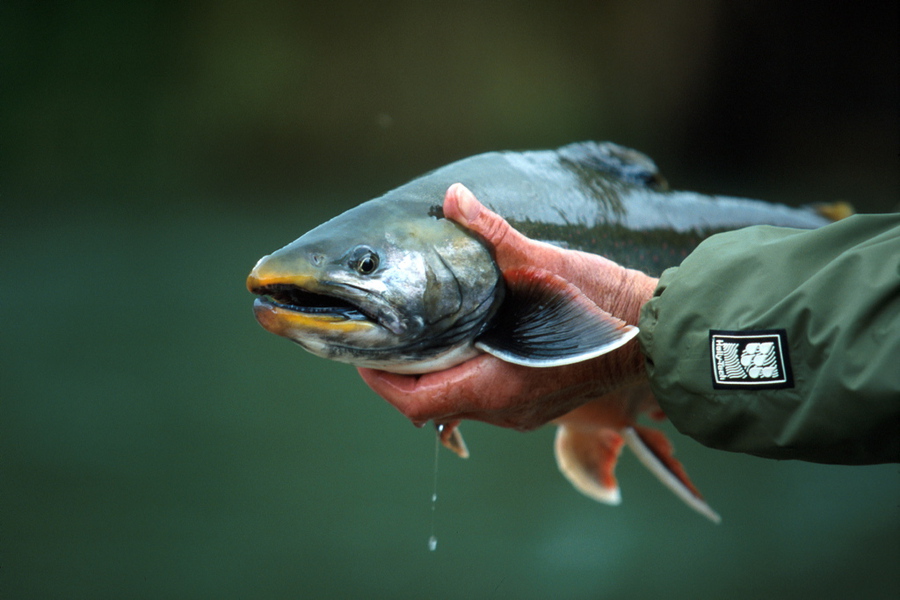
The shift toward barbless hooks represents one of the most significant evolutions in modern recreational fishing. This simple modification to traditional tackle creates cascading benefits: healthier fish populations through reduced mortality and injury, a more skillful and engaging angling experience, and a stronger alignment between the sport we love and conservation values. While the learning curve might initially seem challenging, most anglers who make the switch find that any minor adjustments in technique are quickly outweighed by the satisfaction of knowing they’re practicing a more responsible approach to fishing. As fishing pressure continues to increase on many waters, these small individual choices collectively make a substantial difference in maintaining the health and sustainability of our fisheries. Whether motivated by regulations, conservation concerns, or simply the practical advantages of easier hook removal, the barbless approach offers a compelling path forward that honors both the tradition of angling and our responsibility to the aquatic world. In choosing barbless hooks, anglers don’t just change their tackle—they often transform their relationship with the sport itself.
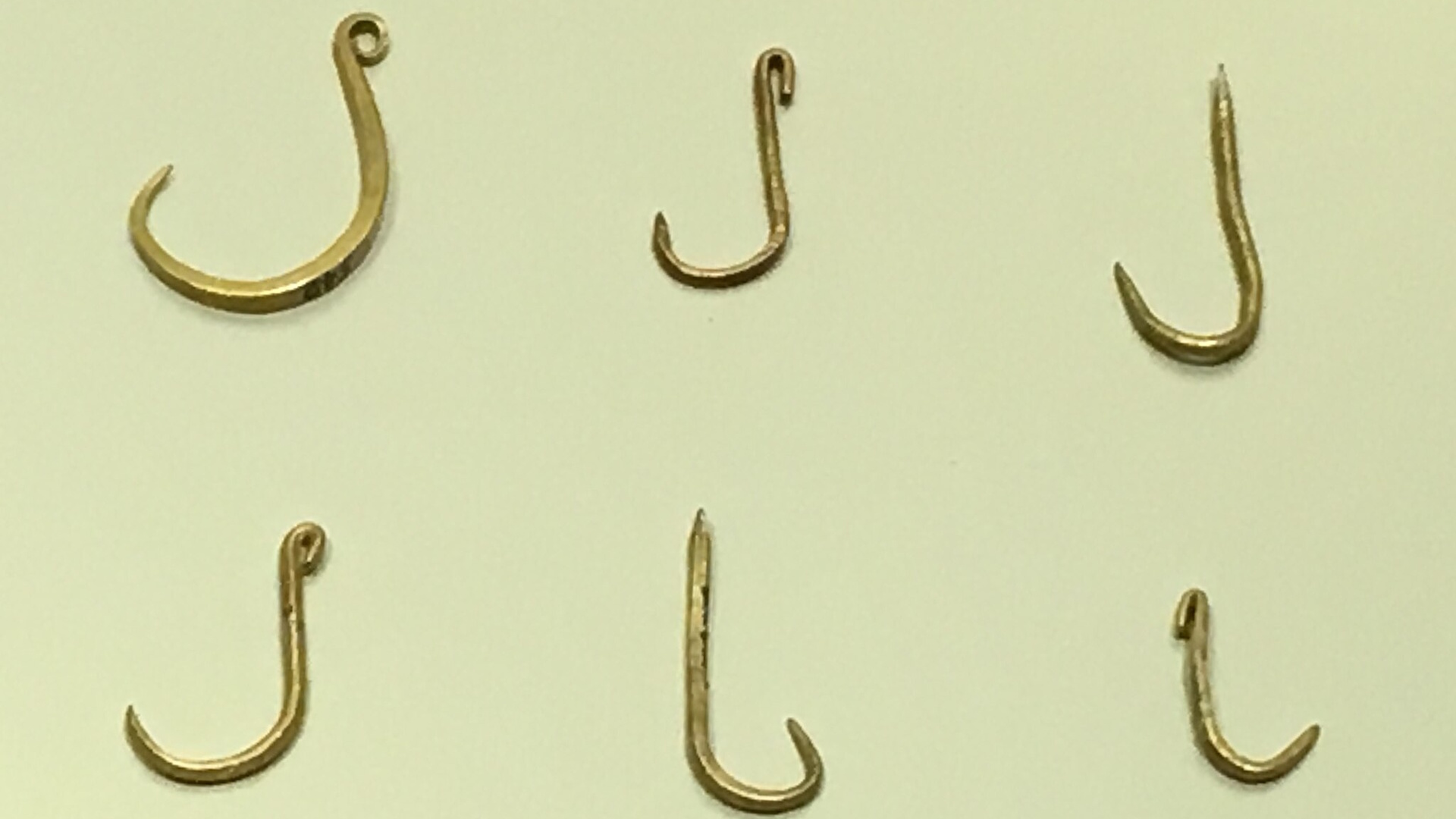
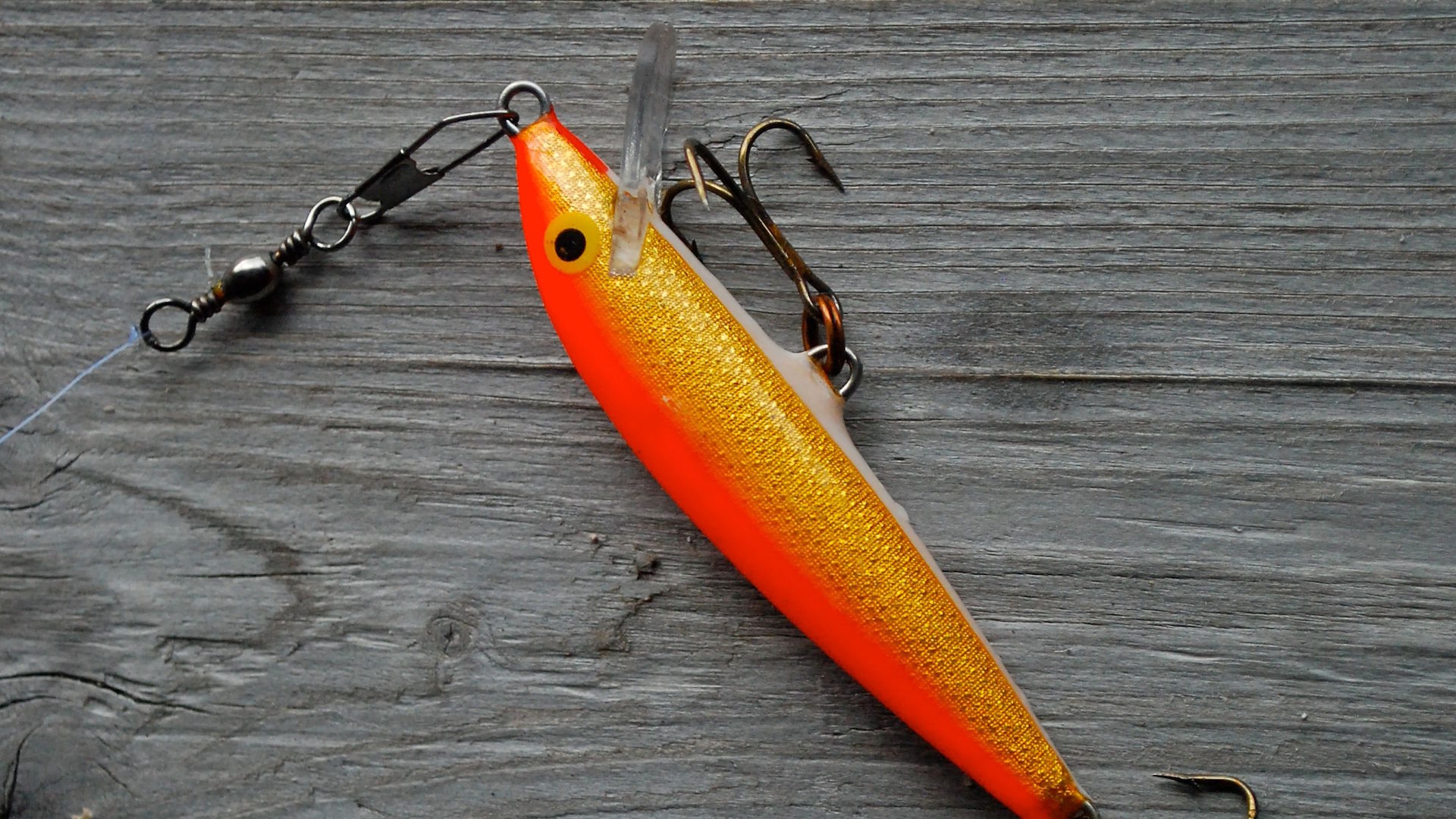












Post Comment